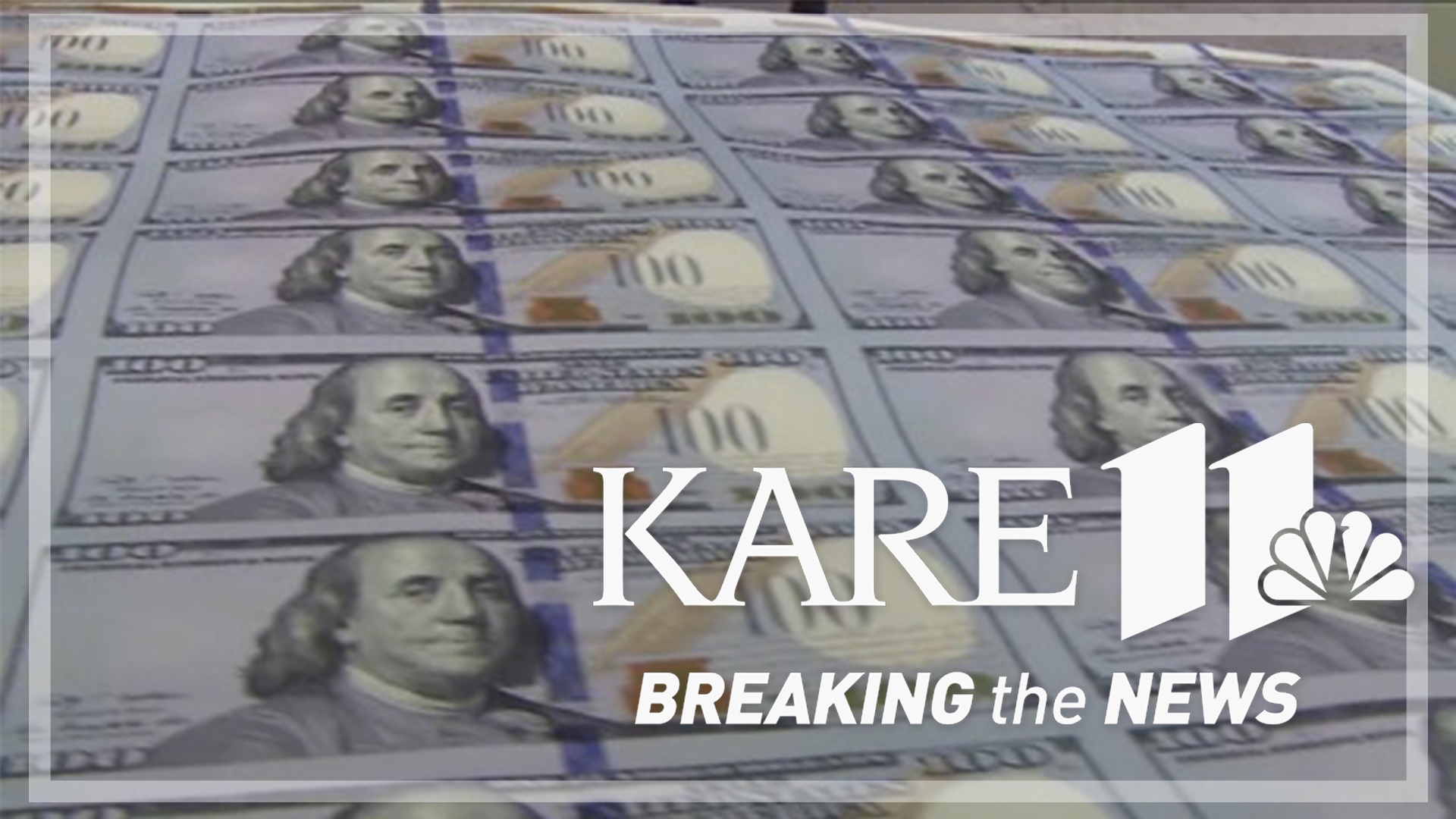MINNEAPOLIS — The latest Consumer Price Index released this week shows the cost of goods and services increased 2.4 percent nationwide over the past 12 months, the slowest rate of inflation in three years.
After the Federal Reserve moved to decrease interest rates last month, this week's CPI report was slightly higher than expected — but not drastically.
"That just means it missed expectations by 0.1 percent. Overall, inflation has continued to come down and that's the important trend that people should be thinking about," University of St. Thomas economics professor Tyler Schipper said. "Even though the prices are still high out there, and the sticker shock of the grocery store hasn't gone away, prices continue to moderate."
Meanwhile, here in the Twin Cities, the rate of inflation stands at 1.9 percent — even lower than the national average.
Joe Mahon, a regional outreach director at the Federal Reserve Bank of Minneapolis, said that's largely driven by lower housing costs here in the Twin Cities. Also, locally, gasoline prices and medical care costs are lower than the national average, Mahon said, although costs for things like food and household energy are growing faster than the rest of the U.S.
"Last year, it was kind of a big story that we had the lowest inflation rate in the country of all the large cities nationwide," Mahon said. "That's not quite true anymore. Even though the rate of inflation here now is lower than it was a year ago, some other cities have seen their inflation rates come down more than us, so we're kind of more in the middle of the pack now."
Overall, the downward trend in inflation both locally and nationally means the Federal Reserve is expected to continue cutting rates. The Fed has its next policy meeting scheduled for early November, shortly after the presidential election.
After a streak of lower-than-expected jobs reports, Professor Schipper said the latest indicators in the labor market this month will help inform Fed policy.
"The unemployment rate fell, we created 250,000-plus new jobs, we actually revised the previous two months upwards. And we're always worried about putting too much weight on a single data point, but it did change the view of where the labor market is at," Schipper said. "There will be conversation about how quickly to lower rates but I think they're going in that direction, where we'll see, at least one — maybe, possibly, hopefully — two rate cuts by the end of the year, and then more quarterly rate cuts going into 2025."

